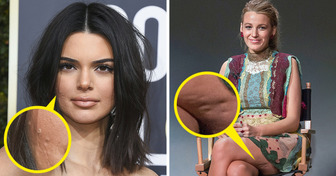Woman Got Her Hair Wash in Salon and Moment Later Creepy Truth About that “Staff” Revealed

We’re used to ironing clothes for them to look neat and fit well, but we never think about ironing underwear and socks. Our freshly washed clothes are not as clean as we think. Unfortunately, some bacteria and germs can survive even 60°С, and only ironing can kill them completely. The way ironing helps with that is with the very hot steam that manages to disinfect clothes from bacteria.
But, not that many people seem to iron the clothes that not many will see, which are our underwear and socks. It seems so sad to spend time ironing socks and underwear, while you could be doing something much more useful or entertaining. If you really think about the amount of germs and bacteria that could be lying on your underwear right before you put them on your private parts, you will be shocked. That’s why you should try to eliminate all the possibilities of catching an infection by ironing all your clothes.
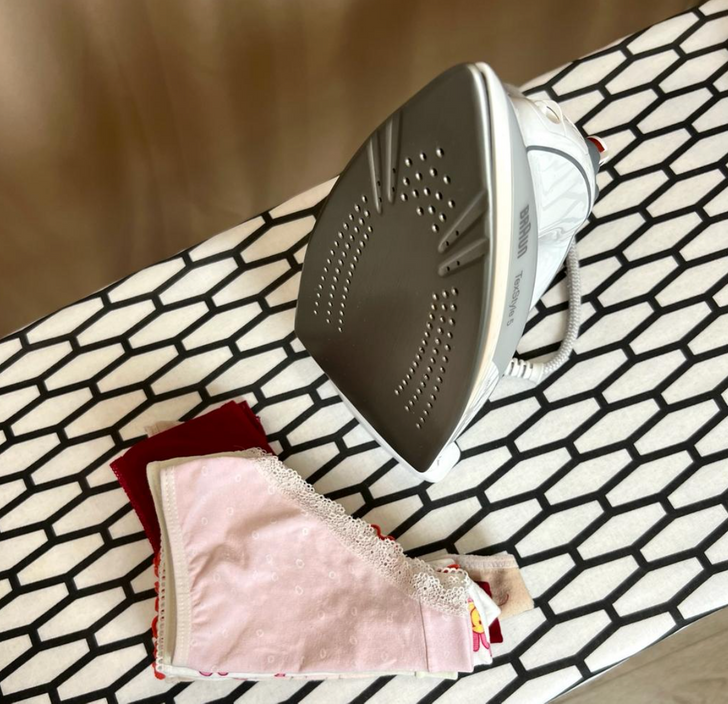
When we remove the underwear from the dryer, we need to decide what to do next: iron or put them away. Unfortunately, our freshly washed clothes are not as clean as we think. Bacteria inside the washing machine can survive from cycle to cycle. The thing is, only extremely high temperatures can kill them (some bacteria can survive even 60°С).
But not all clothes can be washed at these temperatures and that is why experts recommend ironing. It’s believed that underwear contain the most germs. Regular underwear may be covered with feces and genital infections. Ironing makes underwear more sterile. People that have fungal infections have to iron their underwear.
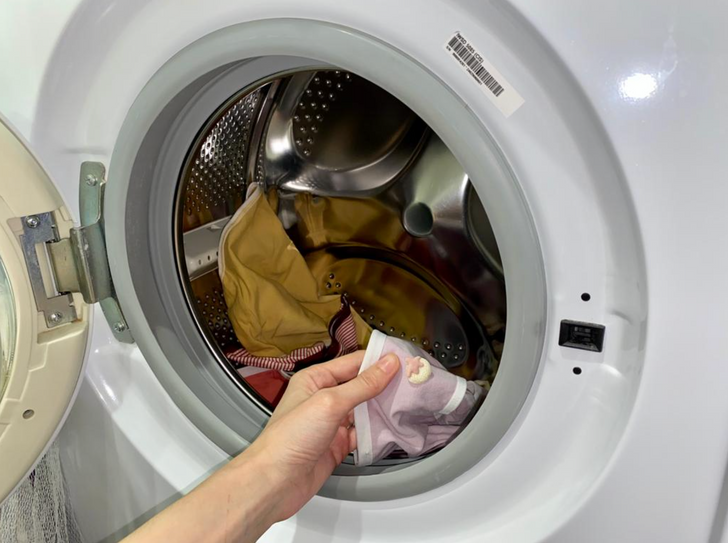
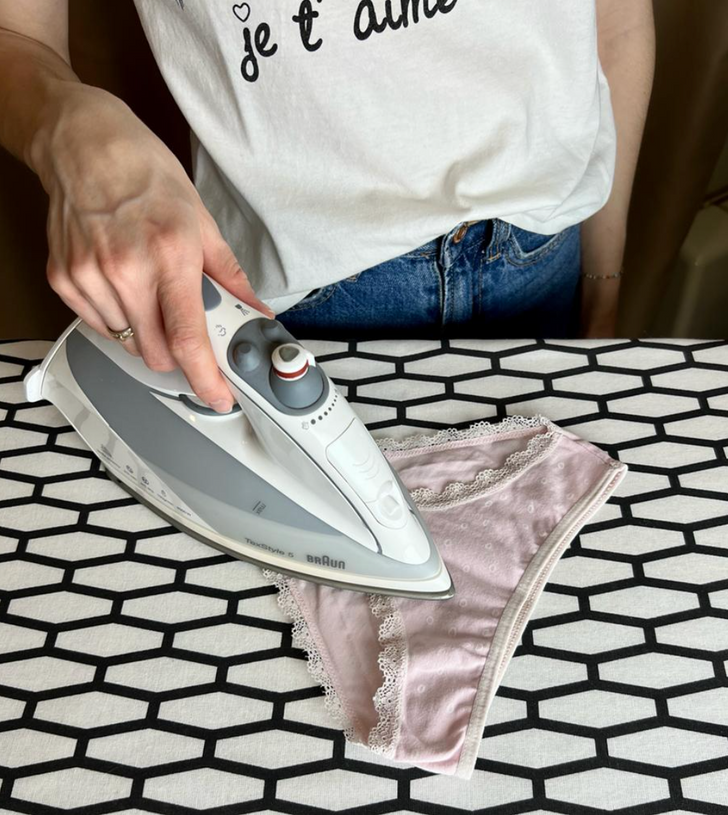
Underwear, especially for women, are made from thin and delicate fabrics. So, you have to be careful with them.
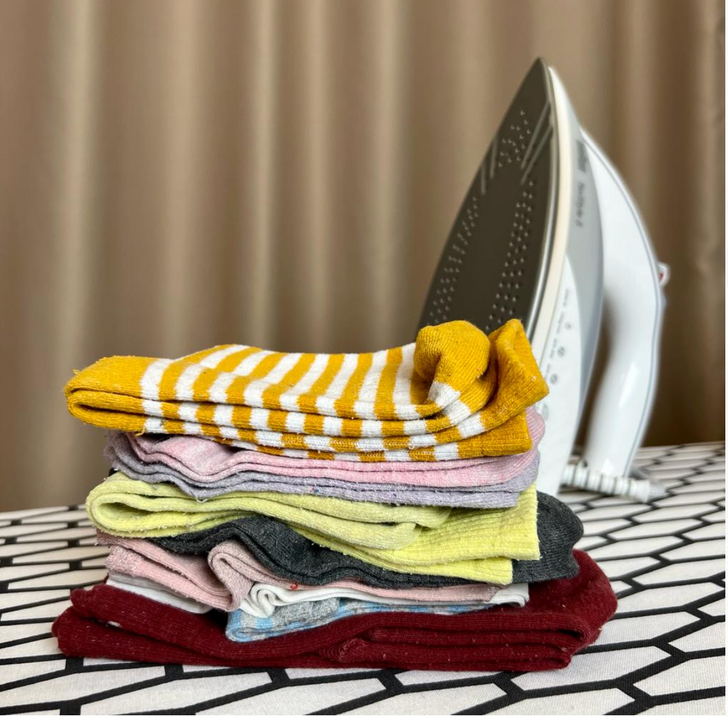
We’ve figured out that underwear should be ironed but it’s not necessary for socks.
After drying, socks are usually wrinkly. But when you put them on, they stretch. In addition to that, experts don’t recommend ironing them.
The thing is, most socks contain stretchy fabric that helps them fit. The material has a low melting temperature and ironing has a negative effect on it. If ironed, this fabric in the socks will stretch and won’t fit you well anymore.
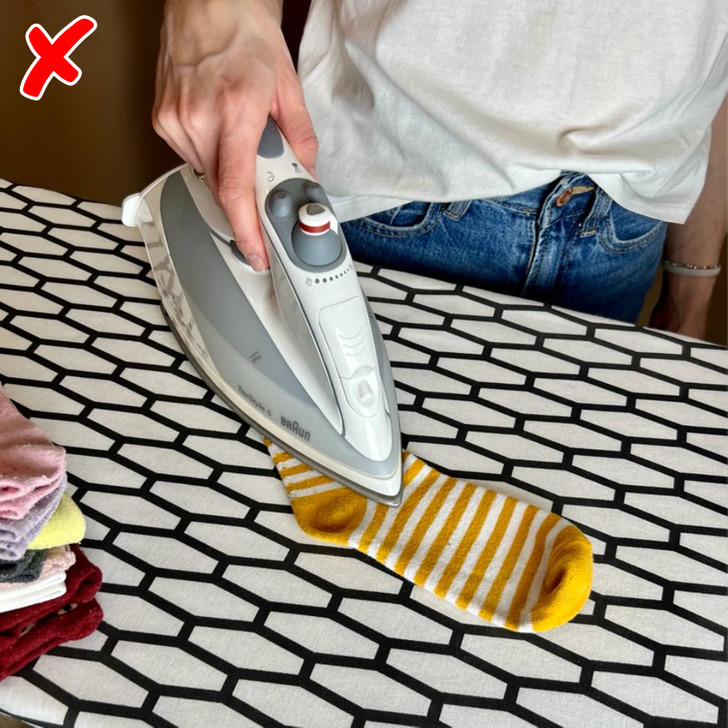
If you still want to iron your socks, do it this way.
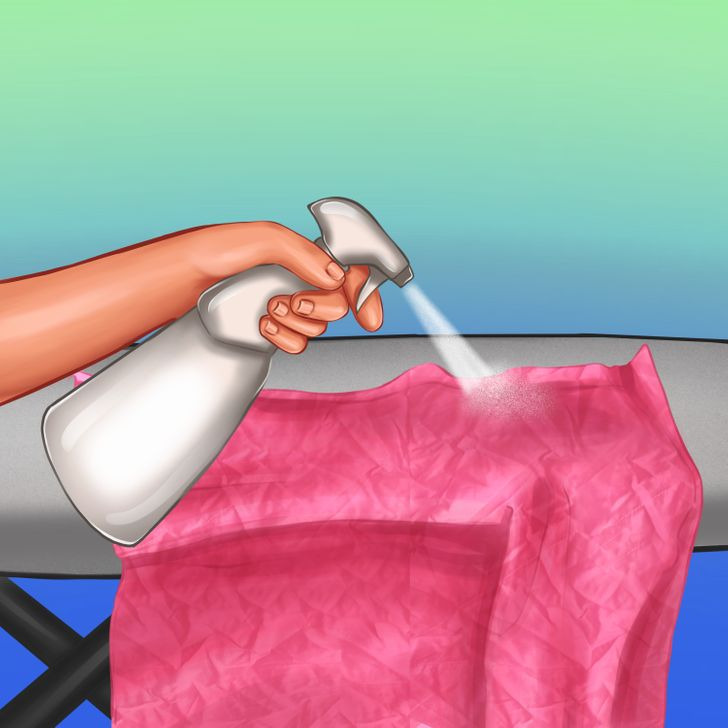
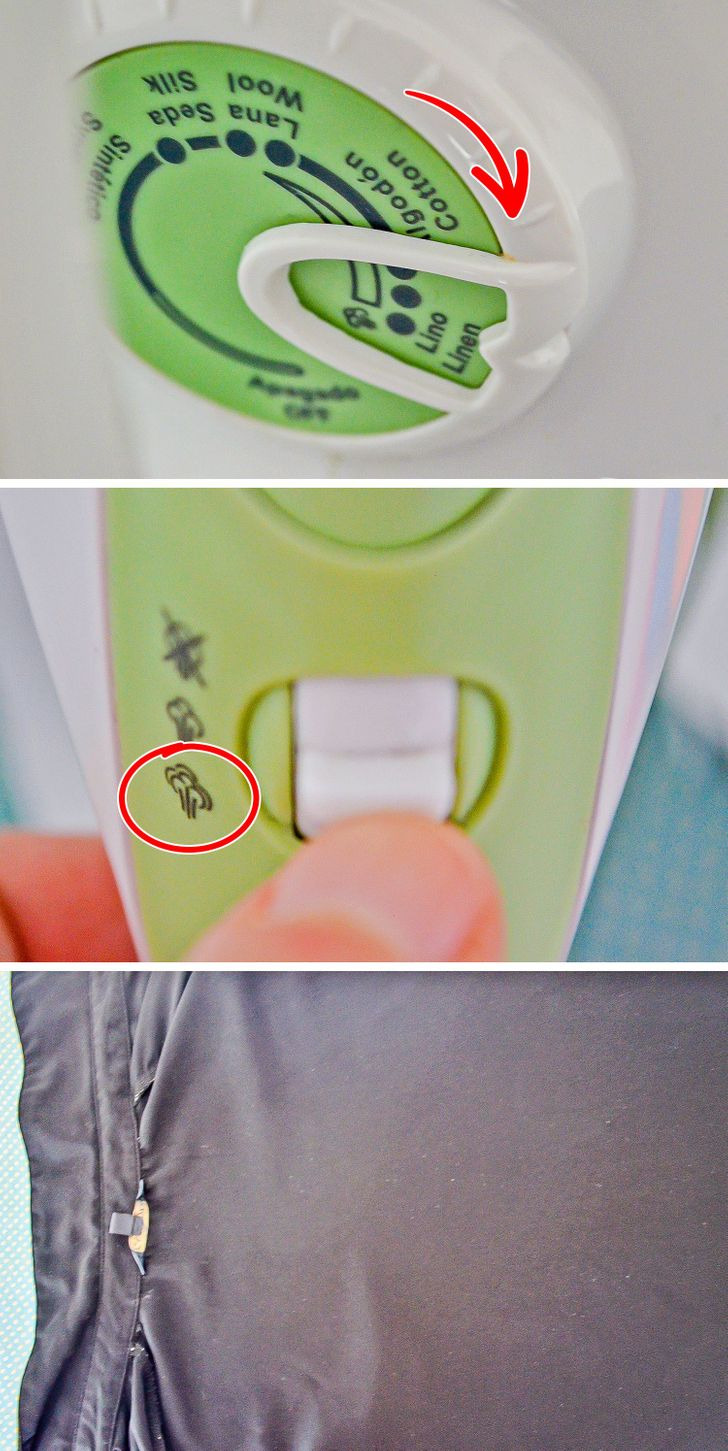
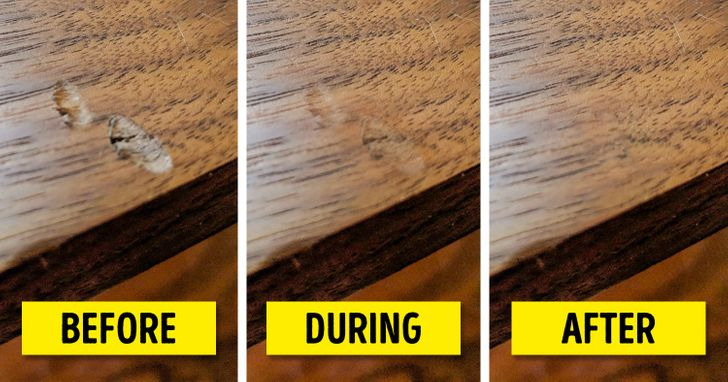
Are you one of those people who iron everything, including underwear, socks and even dust pans? Why do you think that ironing is so important? Do you do it so that your clothes are neat or in order to get rid of germs and bacteria?



